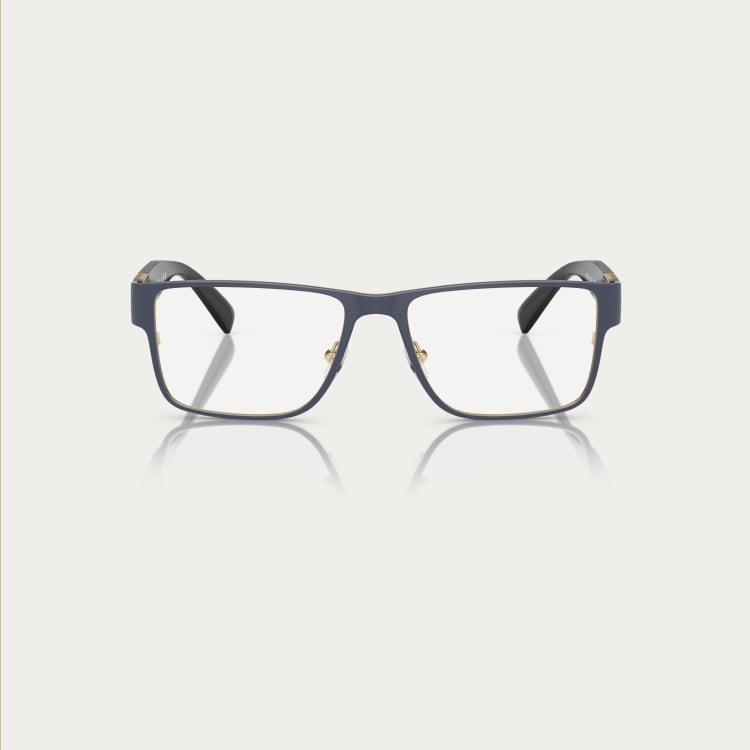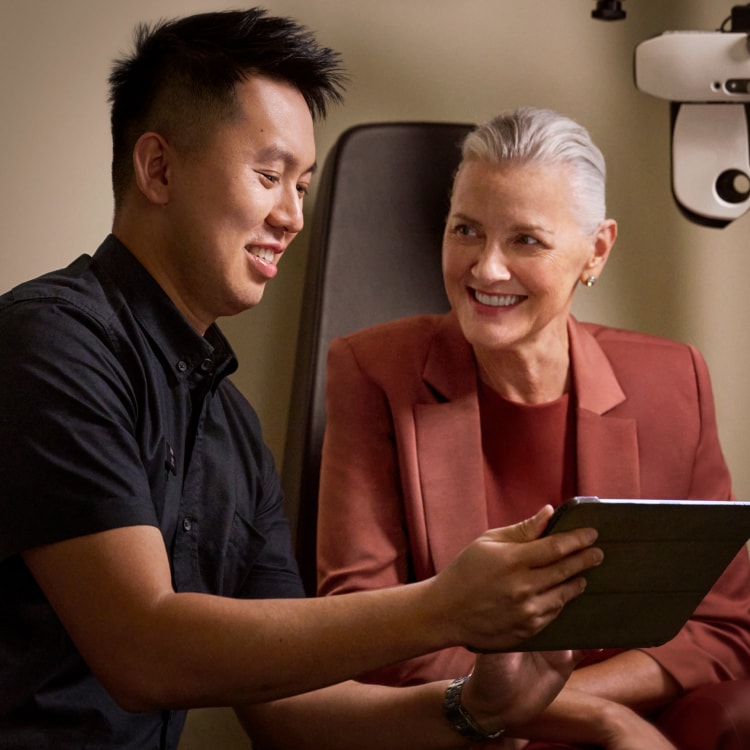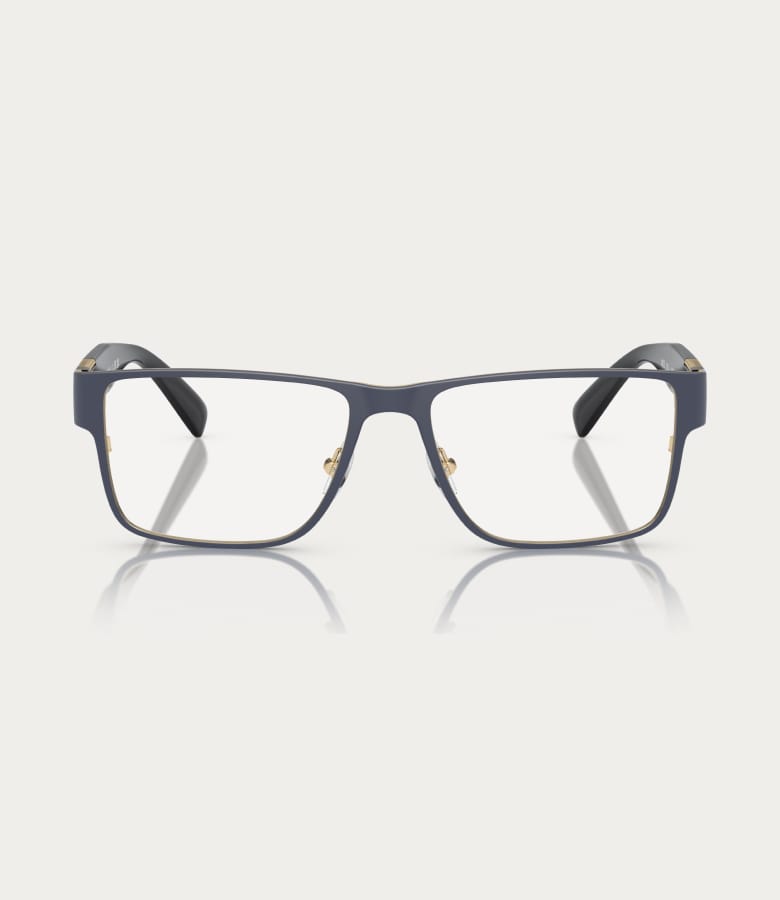-
Contact lenses
Type and Frequency
Daily Fortnightly Monthly Toric Multifocal
Brand
Acuvue Dailies Biofinity OPSM View all brands
Solutions & Accessories Subscribe & Save 25%Reorder your contacts View all contacts

SUBSCRIBE
& SAVE 25%*On Contact Lens Refills
-
Glasses
Shop by our picks
New Arrivals Best Sellers
Shop by offer
Cyber Monday% Frames & Lenses From $129*
Shop by brand
Ray-Ban Oakley Miu Miu Versace
VIEW ALL GLASSES
20% OFF
LENSES & LENS EXTRAS*
Shop now*When purchased as part of a complete pair (frame & lenses). Further T&Cs apply.
-
Sunglasses
Shop by our picks
New Arrivals Best Sellers
Shop by offer
Seasonal Promo Clearance%
Shop by brand
Ray-Ban Oakley Prada Ralph
VIEW ALL SUNGLASSES
20% OFF
LENSES & LENS EXTRAS*
Shop now*When purchased as part of a complete pair (frame & lenses). Further T&Cs apply.
-
-
Our Services
BUYING ONLINE
Subscribe & Save 25% Southern Cross Health Insurance
EYECARE
Book an Eye Test Eye Tests Eye Technology
USEFUL INFORMATION
Measure Pupillary Distance Workplace Services FAQs Lenses Dedicated to Everyday Excellence



Cataracts
Facts surrounding cataracts
Recognised as a leading cause of blindness worldwide, a cataract is described as a clouding of the normally clear lens of the eye. Once the lens becomes cloudy, the light which normaly passes though a clear lens becomes distorted before reaching the retina on the back of the eye1.
This causes a drop in vision quality, ranging from reading difficulties in early stages up to complete blindness in one or both eyes, as stages get more severe.
Symptoms to look out for include2:
- Blurred vision;
- Sensitivity to light (glare)
- Reduced night vision
- Fading or ‘yellowing’ of colours
Who is at risk?
Cataracts usually develop as a part of the aging process. As a result, they are commonly seen in those aged 60 and above.
By age 80, a majority of the population will experience some degree of cataract formation3.
Besides age, other contributors include4:
- Long term and unprotected exposure to UV
- Smoking
- Diabetes
- Previous eye injuries/surgeries
The good news is that the risk of cataracts can be reduced through simple things such as wearing sunglasses, as well as other lifestyle changes like quitting smoking and adopting a healthy diet.
How can cataracts be detected and treated?
Cataracts can be detected and diagnosed with regular eye examinations. If you notice any changes in your vision, contact your nearest OPSM to arrange an eye test or book online now. Our optometrists can give you advice on the best prevention.
Prevention treatment can involve having the cataract surgically removed from the eye. The surgery is performed using a local anesthetic and microsurgical techniques.
As with many eye diseases, early detection is the best way to aid treatment. If you’re concerned about your eye health, book an eye test or find out more about other common eye conditions and their symptoms.
- 1Optometry Australia http://www.optometrists.asn.au/your-eyes/your-eye-health/eye-diseases/cataract.aspx
- 2Better Health Victoria: https://www.betterhealth.vic.gov.au/health/conditionsandtreatments/cataracts
- 3All about Vision http://www.allaboutvision.com/over60/vision-changes.htm
- 4Age-Related Eye Disease Study Research Group. Risk factors associated with age-related nuclear and cortical cataract. Ophthalmology; 2001; 108(8): 1400-1408







 Book an eye test
Book an eye test
 Health Funds
Health Funds
 Find A Store
Find A Store
 Favourites
Favourites





















